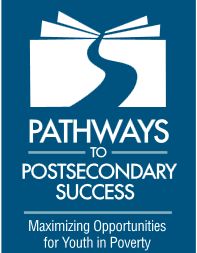
By Christine Cerven, Vicki Park, Jennifer Nations, and Kelly Nielsen. Community colleges play a central democratizing role in the U.S. postsecondary education system. These institutions pride themselves on a long history of open admissions policies that uphold their mission of serving all segments of society. Indeed, if not for community colleges, the overall higher education system would enroll far fewer racial and ethnic minorities and fewer first generation, low-income, and immigrant students (Bragg & Durham, 2012). Community colleges serve a diverse student population; 16% of these students are single parents, and a majority of that group are single mothers (Goldrick-Rab & Sorensen, 2010). Of all household types in the United States, those headed by single women continue to have the highest poverty rates. In 2010, 32% of households headed by single females were poor, compared to 16% of those headed by single males and 6% of married couple households (National Poverty Center, 2013). Thus, it is reasonable to assume that lowincome single mothers who enroll in community colleges may face a range of challenges as they persist to degree or transfer. Open access policies are not enough to ensure low-income single mothers complete college. For many students, open-access policies make it easier to attend college. However, these policies are only the first step; they do not ensure that these students will persist and complete their goals. For students with limited means, multiple taken for-granted needs must be met in order for schooling to become a realistic part of daily life. For low-income single mothers, these needs include stable housing, steady employment and income, reliable transportation, dependable childcare, and assurance that the basic needs of family members are being met. Only after these necessities are in place can other endeavors such as education become a possibility.
<Click on the following link to download the complete report.>
